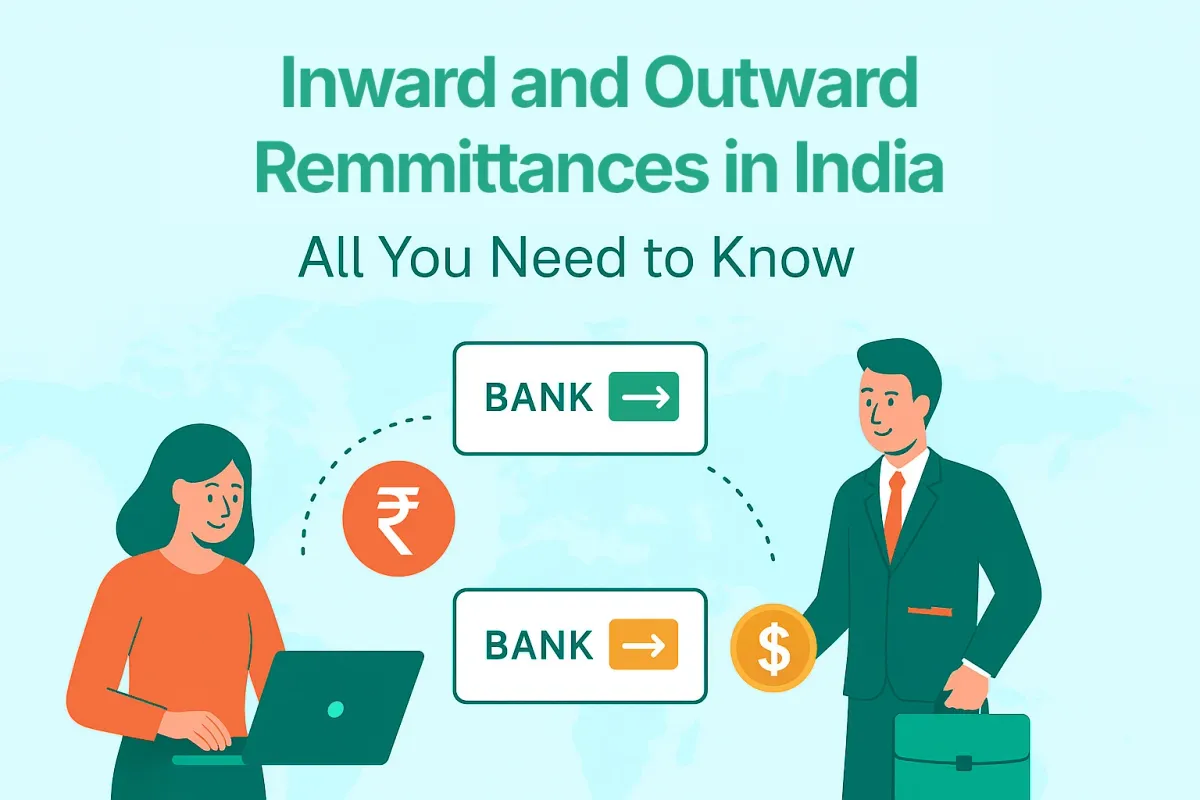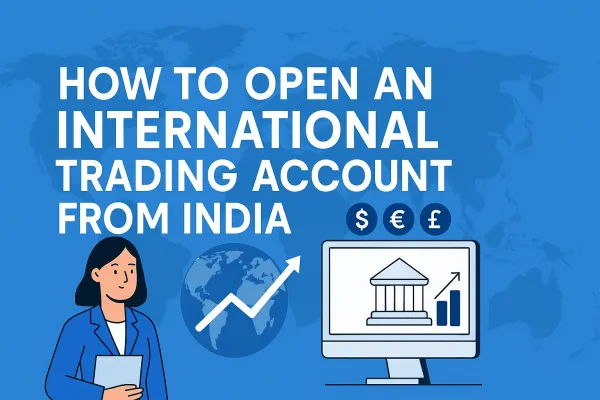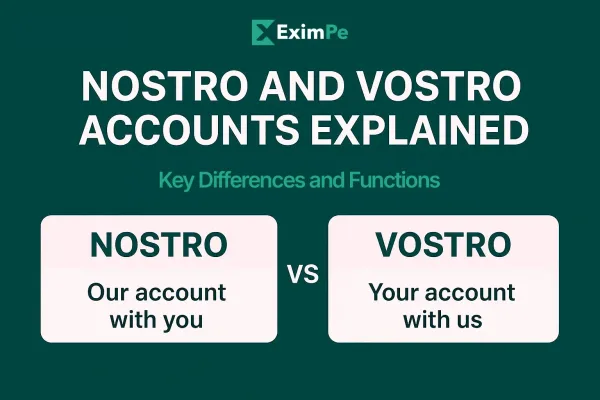Inward and Outward Remittances in India: All You Need to Know

Remittances are highly featured in the current, increasingly globalized economy regarding cross-border financial transactions. Two concepts, inward remittance and outward remittance, in the Indian context, are important in the financial context as they affect families, enterprises, and the economy of the country. Understanding and learning about these two types can benefit individuals and organizations seeking to engage in international transactions and investments. This article provides:
- A comprehensive overview of inward and outward remittances in India.
- Focusing on their definitions, processes, and regulations under the Foreign Exchange Management Act (FEMA).
- Their implications.
Understanding Inward Remittance
Inward remittance is the process of bringing money from abroad into an Indian bank account. It is often initiated by Non-Resident Indians (NRIs), Overseas Citizens of India (OCIs), or foreign citizens who send money to family members or businesses in India. The reasons for inward remittances can be very diverse, such as:
- Family Support: Many NRIs send money back home to support their families financially.
- Investment Purposes: Funds may be sent for investment in real estate or business ventures.
- Educational Expenses: Children studying abroad usually remit money to their parents to pay for tuition and living expenses.
- Export of Products: Businesses in India often receive payments for goods exported to foreign markets. This includes a wide range of products, from textiles to electronics, where international buyers remit funds to Indian exporters.
- Export of Services: Indian professionals and companies providing services abroad, such as IT consulting, engineering, and healthcare, receive payments for their services. This category has seen substantial growth, particularly with the rise of remote work and digital services.
- Real Estate Investments: NRIs often remit funds to purchase or invest in real estate in India, either as a means of securing an asset or for future retirement plans.
- Business Ventures: Entrepreneurs may send money to fund new business initiatives or support existing businesses in India, contributing to economic growth and job creation.
The Process of Inward Remittance
The process for receiving an inward remittance typically involves several steps:
- Initiation: The sender initiates the transfer from their bank account abroad via wire transfers or online money transfer services.
- Documentation: The sender must provide supporting documentation, such as evidence of purpose and identification, to make the transfer. This is as follows to ensure that the funds conform to the requirements of the sending and receiving countries, respectively.
- Conversion to Indian Rupees: Once in India, this foreign currency is converted to Indian Rupees (INR) at the available exchange rate.
- Credit to Beneficiary's Account: After conversion, the same amount is credited to the beneficiary's account in India.
Regulatory Framework for Inward Remittance
Inward remittances are governed by the RBI regulations under the Foreign Exchange Management Act, FEMA. The main regulations include the following:
- Purpose Codes: All inward remittances require a purpose code, which reflects the type of transaction.
- Limits on Amounts: In general, no limit exists on the amount received through inward remittance, but certain schemes, such as the Money Transfer Service Scheme, have specific limits.
Understanding Outward Remittance
Outward remittance, on the other hand, refers to remitting funds from India to an overseas destination. Such transaction is usually initiated by individuals and businesses for various purposes, such as:
- Education Abroad: This is usually done by the students to pay tuition fees and other living expenses outside India.
- Medical Expenses: People may need to send money for medical treatment outside India, which is not possible in India.
- Gifting and Donations: Outward remittances can also be used to gift money to relatives or donate to charitable organizations outside India.
- Import of Goods and Services: Businesses may remit funds to pay for imported goods or services. This includes payments for machinery, raw materials, or consulting services from foreign suppliers.
- Emergency Funds: In times of crisis, such as natural disasters or personal emergencies, individuals may remit money quickly to provide immediate financial assistance.
- Debt Repayment: Remittances can also be used to repay loans or debts owed by family members in India, helping them manage their financial obligations.
The Process of Outward Remittance
The process for making an outward remittance generally follows these steps:
- Initiation: This is initiated by the sender through his local bank or an authorized dealer.
- Documentation Requirements: The sender provides documentation that proves the need for the transfer, such as invoices or admission letters where the transfer is for educational reasons.
- Currency Conversion: The money is converted from the Indian rupees to that of the recipient's country using the current exchange rate.
- Transfer Completion: Funds are transferred to the recipient's account via international payment networks such as SWIFT.
Regulatory Framework for Outward Remittance
Outward remittances are tightly regulated under FEMA to maintain foreign exchange transactions without any disruption or lack of transparency. The most important are:
- Transaction Limits: A yearly limit exists for permissible categories of outward remittance. For instance, up to $250,000 is allowed in a given financial year without special permission for permissible transactions.
- Tax Implications: Outward remittances might be liable to Tax Collected at Source (TCS) provisions of the Indian tax laws.
Key Differences Between Inward and Outward Remittances
While both types of remittances involve transferring money across borders, they differ significantly in terms of processes and regulations:
Importance of Remittances in India's Economy
Remittances have now become a vital source that increases foreign currency inflow and gives more financial support to families. According to current reports, India is among the largest recipients of remittance inflows in the world, with billions of dollars pouring in annually. This inflow can improve living standards and feed local businesses while adding majorly to India's gross domestic product.
Final Thoughts
Now that you have gained insight into the procedures of inward remittance and outward remittance, you can deal with these procedures better. Ensure that you check all necessary documents and comply with the regulatory requirements as specified under the Foreign Exchange Management Act (FEMA). If you keep abreast of these procedures and guidelines, you can make your transactions smooth and beneficial for both personal finance and business management.



